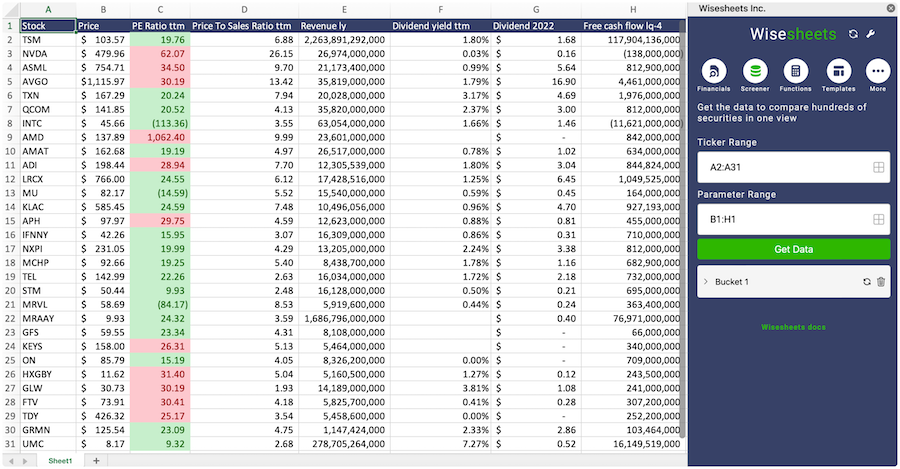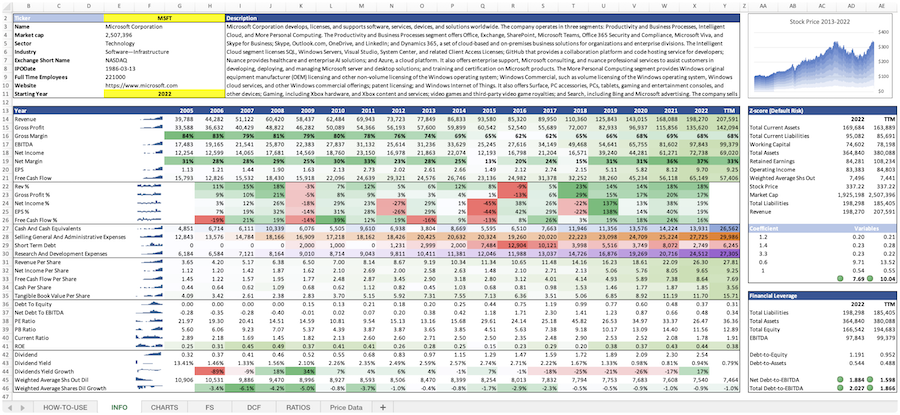Nile Limited
NILE.BO
Price:
$1566.15
Market Cap:
$4.70B
Nile Ltd. engages in the manufacture and sale of lead and lead alloys. Its products range includes pure lead; and lead antimony, selenium, calcium, and tin alloys. It operates through the India and Overseas geographical segments. The company was founded on May 18, 1984, and is headquartered in Hyderabad, India.
Industry
Other Precious Metals
IPO Date
2002-01-04
Stock Exchange
BSE
Ticker
NILE.BO
PE Ratio
[10.22]
ROE
[17.39%]
Current Ratio
[12.68]
Dividend Yield
[0.32%]
Enterprise Value
[4.72B]
Dividend History
The PE Ratio as of December 2025 (TTM) for Nile Limited (NILE.BO) is 10.22
According to Nile Limited’s latest financial reports and current stock price. The company's current PE Ratio is 10.22. This represents a change of -10.87% compared to the average of 11.47 of the last 4 quarters.
Nile Limited (NILE.BO) Historical PE Ratio (quarterly & annually)
How has NILE.BO PE Ratio performed in the past?
The mean historical PE Ratio of Nile Limited over the last ten years is 8.10. The current 10.22 PE Ratio has changed 12.51% with respect to the historical average. Over the past ten years (40 quarters), NILE.BO's PE Ratio was at its highest in in the September 2024 quarter at 19.80. The PE Ratio was at its lowest in in the June 2020 quarter at -22.71.
Average
8.10
Median
6.91
Minimum
4.59
Maximum
12.77
Nile Limited (NILE.BO) PE Ratio by Quarter and Year
Discovering the peaks and valleys of Nile Limited PE Ratio, unveiling quarterly and yearly fluctuations to gain insights into the company’s financial performance and market dynamics, offering valuable data for investors and analysts alike.
Maximum Annual Increase = 104.07%
Maximum Annual PE Ratio = 12.77
Minimum Annual Increase = -45.55%
Minimum Annual PE Ratio = 4.59
| Year | PE Ratio | Change |
|---|---|---|
| 2025 | 12.49 | -2.15% |
| 2024 | 12.77 | 104.07% |
| 2023 | 6.26 | -10.56% |
| 2022 | 7.00 | 8.80% |
| 2021 | 6.43 | 40.17% |
| 2020 | 4.59 | -45.55% |
| 2019 | 8.42 | -12.35% |
| 2018 | 9.61 | 40.99% |
| 2017 | 6.82 | 2.58% |
| 2016 | 6.65 | -20.28% |
Nile Limited (NILE.BO) Average PE Ratio
How has NILE.BO PE Ratio performed in the past?
The current PE Ratio of Nile Limited (NILE.BO) is less than than its 3-year, greater than its 5-year, and greater than its 10-year historical averages
3-year avg
10.51
5-year avg
8.99
10-year avg
8.10
Nile Limited (NILE.BO) PE Ratio vs. Peers
How is NILE.BO’s PE Ratio compared to its peers?
Nile Limited’s PE Ratio is greater than Mishtann Foods Limited (1.54), less than Aries Agro Limited (10.84), less than Aries Agro Limited (10.84), less than Primo Chemicals Limited (55.45), less than The Sukhjit Starch & Chemicals Limited (19.95), less than The Sukhjit Starch & Chemicals Limited (19.95), less than Vraj Iron and Steel Limited (12.07), less than Vraj Iron and Steel Limited (12.07), less than Shri Venkatesh Refineries Limi (90.95), less than Lords Chloro Alkali Limited (18.98),
| Company | PE Ratio | Market cap |
|---|---|---|
| 1.54 | $5.11B | |
| 10.84 | $4.10B | |
| 10.84 | $4.11B | |
| 55.45 | $5.55B | |
| 19.95 | $4.58B | |
| 19.95 | $4.59B | |
| 12.07 | $4.04B | |
| 12.07 | $4.06B | |
| 90.95 | $6.56B | |
| 18.98 | $4.40B |
Build a custom stock screener for Nile Limited (NILE.BO) and other stocks
One of the best ways to find valuable stocks to invest in is to build a custom made screener in your Excel or Google Sheets spreadsheet. This allows you to compare thousands of companies like Nile Limited using the financials and key metrics that matter to you in a single view.
The easiest way to set this up is to use the Wisesheets add-on and set your spreadsheet like this:
Covering all these metrics from financial, data, dividend data, key metrics and more you can get all the data you want for over 50+ exchanges worldwide.
Get your free trial here.
Nile Limited (NILE.BO) and other stocks custom spreadsheet templates
The easiest way to analyze a company like Nile Limited or any others is to create a spreadsheet model that automatically retrieves all of the stock data you need.
Using Wisesheets you can set up a spreadsheet model like this with simple spreadsheet formulas. If you change the ticker you can get all of the data automatically updated for you.
Whether you need live data, historical price data, financials, dividend data, key metrics, analyst estimates, or anything else...Wisesheets has you covered.
Frequently asked questions❓
What is the PE Ratio?
How can you use the PE Ratio?
What is Nile Limited's PE Ratio?
How is the PE Ratio calculated for Nile Limited (NILE.BO)?
What is the highest PE Ratio for Nile Limited (NILE.BO)?
What is the 3-year average PE Ratio for Nile Limited (NILE.BO)?
What is the 5-year average PE Ratio for Nile Limited (NILE.BO)?
How does the current PE Ratio for Nile Limited (NILE.BO) compare to its historical average?

